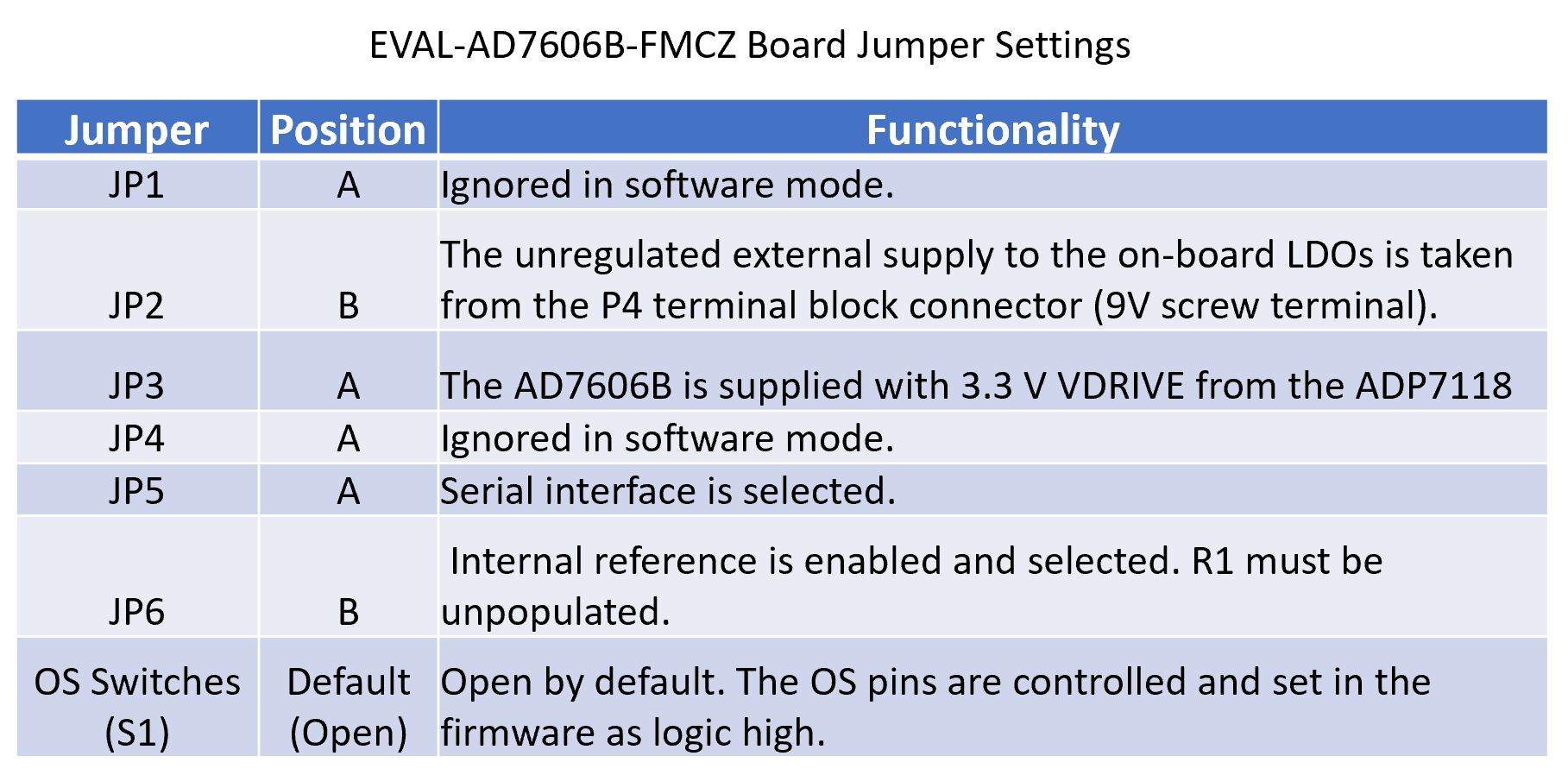
- #ARDUINO MANAGER MANUAL INSTALL#
- #ARDUINO MANAGER MANUAL DRIVERS#
- #ARDUINO MANAGER MANUAL UPDATE#
- #ARDUINO MANAGER MANUAL DRIVER#
- #ARDUINO MANAGER MANUAL MANUAL#
Step 3: We have downloaded an Adafruit Sensor library using GitHub. Go to: Sketch>Include Library>Add ZIP Library:
#ARDUINO MANAGER MANUAL INSTALL#
h format files along with some text files.įollowing the mentioned steps to install the Arduino library using the zip file method. The name of the library is the same as the library zip folder name. Therefore, Arduino IDE has an option of including a library using a zip file. Most of the libraries are distributed as a Zip file or folder.

#ARDUINO MANAGER MANUAL MANUAL#
Manual way for installation comes handy when we need to install any open-source external library for hardware and modules or in case any library is not available inside the library manager.įollowing are the two ways to install Arduino library manually: Thousands of Arduino libraries can be directly downloaded using Arduino IDE library manager but there is also a manual way of installing libraries in IDE. Manual Installation of Arduino LibrariesĪrduino IDE provides multiple ways of installing libraries. Here in this article, we will install Arduino libraries in IDE using a manual installation method. Every hardware module that we attach with Arduino has its own library that enhances its functionality. Thousands of Arduino libraries are freely available to make the Arduino development environment more user friendly and easy to use. This means you have successfully uploaded a program to your board.Libraries in Arduino IDE is a set of functions and code that allows users to interface multiple hardware and make them easy to control. If you look closely at your board, you will notice an orange LED blink with an interval of one second. When the code is uploaded, the text "Done uploading." is visible in the bottom left corner. This process takes a few seconds, and it is important to not disconnect the board during this process. To upload the sketch, simply click on the arrow in the top left corner. This is done by navigating to File > Examples > 01.Basics > Blink. You are now ready to start using your board! The easiest way to check that everything is working, is to upload just a simple blink example to your board.
#ARDUINO MANAGER MANUAL DRIVERS#
#ARDUINO MANAGER MANUAL DRIVER#
#ARDUINO MANAGER MANUAL UPDATE#
If you cannot see your Arduino Due in the port list, you may need to manually update the driver. usbmodem14112 ( Arduino Due ( Programming Port ) ) This will look different depending on what kind of operative system you are using.įor Windows users, it could look like this: This is simply done by navigating to Tools > Port, where you select your board from the list. Regardless what kind of program we are uploading to the board, we always need to choose the port for the board we are using. Now, let's make sure that our board is found by our computer, by selecting the port. Select the Arduino Due (Programming Port). Note: This process may take several minutes.Įxit the board manager, and go to Tools > Board > Arduino Arduino ARM (32-bits) Boards. When it is finished, it should say "INSTALLED" under the title. This process may take some time, and you may need to accept the installation window that comes up (depending on your operative system). Type in "due" in the search field, and install the Arduino SAM Boards (32-bits ARM Cortex-M3) core. This will open up a new window, with all available cores. Here we need to navigate to Tools > Board > Board Manager.

When we open the editor, we will see an empty sketch.

Install the Arduino IDE on your local machine.Īfter we have downloaded, installed and opened the Arduino IDE, let's continue to installing the SAM core. Boards using the SAM coreįirst, we need to download the Arduino IDE, which can be done from the software page. If you are using the Web Editor, you can follow the getting started with the Web Editor tutorial. You can download the editor easily from our software page. This installation is necessary to use your board with the offline Arduino IDE. In this tutorial, we will go through a few simple steps on installing the SAM core, designed for the Arduino DUE board.


 0 kommentar(er)
0 kommentar(er)
